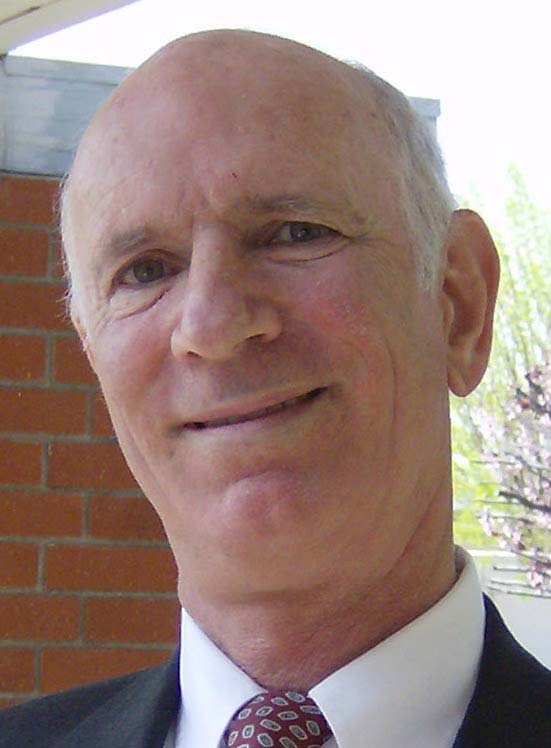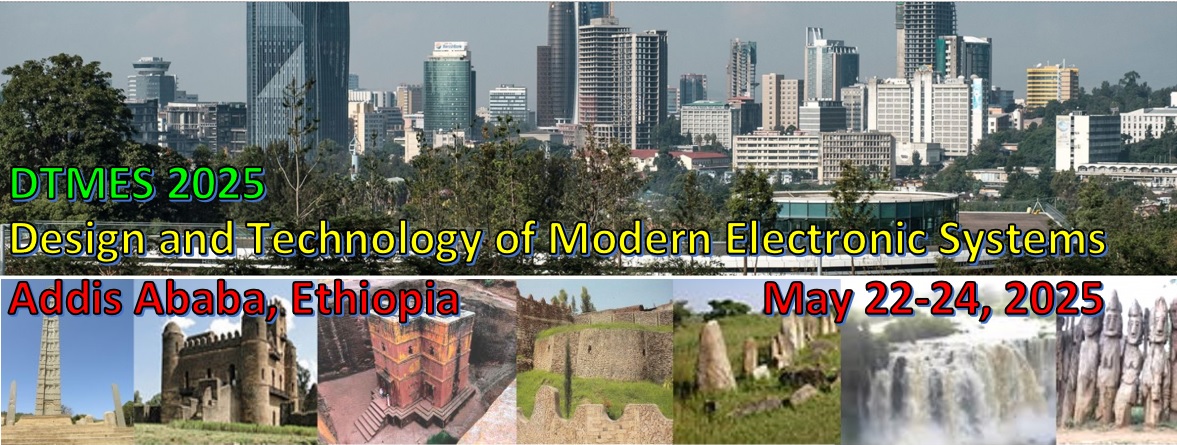DTMES 2022 - Presentation
Paul Wesling, IEEE Distinguished Lecturer Silicon Valley, California USA
Abstract - Silicon Valley is commonly acknowledged as the tech capital of the world. When most people think of the Valley, they probably recall semiconductors, personal computers, software, biotech and self-driving cars. How did Silicon Valley come into being, and what can we learn? The story goes back to local Hams (amateur radio operators) trying to break RCA's tube patents, Stanford "angel" investors, the sinking of the Titanic, WW II and radar, and the SF Bay Area infrastructure that developed -- these factors pretty much determined that the semiconductor and IC industries would be located in the Santa Clara Valley, and that the Valley would remain the world's innovation center as new technologies emerge, and become a model for innovation worldwide. This talk will give an exciting and colorful history of development and innovation that began in Palo Alto in 1909. You'll meet some of the colorful characters - Cyril Elwell, Lee De Forest, Bill Eitel, Charles Litton, Fred Terman, David Packard, Bill Hewlett, Bill Shockley and others - who came to define our worldwide electronics industries through their inventions and process development. You'll understand some of the novel management approaches that have become the hallmarks of its tech startups. The key attributes will be illustrated and analyzed, for consideration by other developing tech hubs, and for entrepreneurs around the world who are interested in creating their own start-ups. The recorded video will be followed by a 10-minute live discussion period, where Mr. Wesling will field questions.

Paul Wesling has observed the Valley for decades as an engineer,
executive, resident, and educator. He received degrees in electrical
engineering and materials science from Stanford University, then worked
locally at companies including Lenkurt Electric, Sperry-Univac, and Amdahl,
joining Tandem Computers in Cupertino in 1985. Paul retired from HP in
2001, then served as "Mr. IEEE" for the San Francisco Bay Area for 10
years. He is a Life Fellow of the IEEE. As vice president of publications
for the IEEE Electronics Packaging Society for 22 years, he supervised four
archival journals and a newsletter. He received the IEEE's Centennial
Medal, the Board's Distinguished Service award, the Society Contribution
Award, the IEEE's Third Millennium Medal, and the EPS Society's
Presidential Recognition Award. He edits the IEEE/ASME/SEMI Heterogeneous
Integration Roadmap for prediction of technology directions in electronics
packaging.




